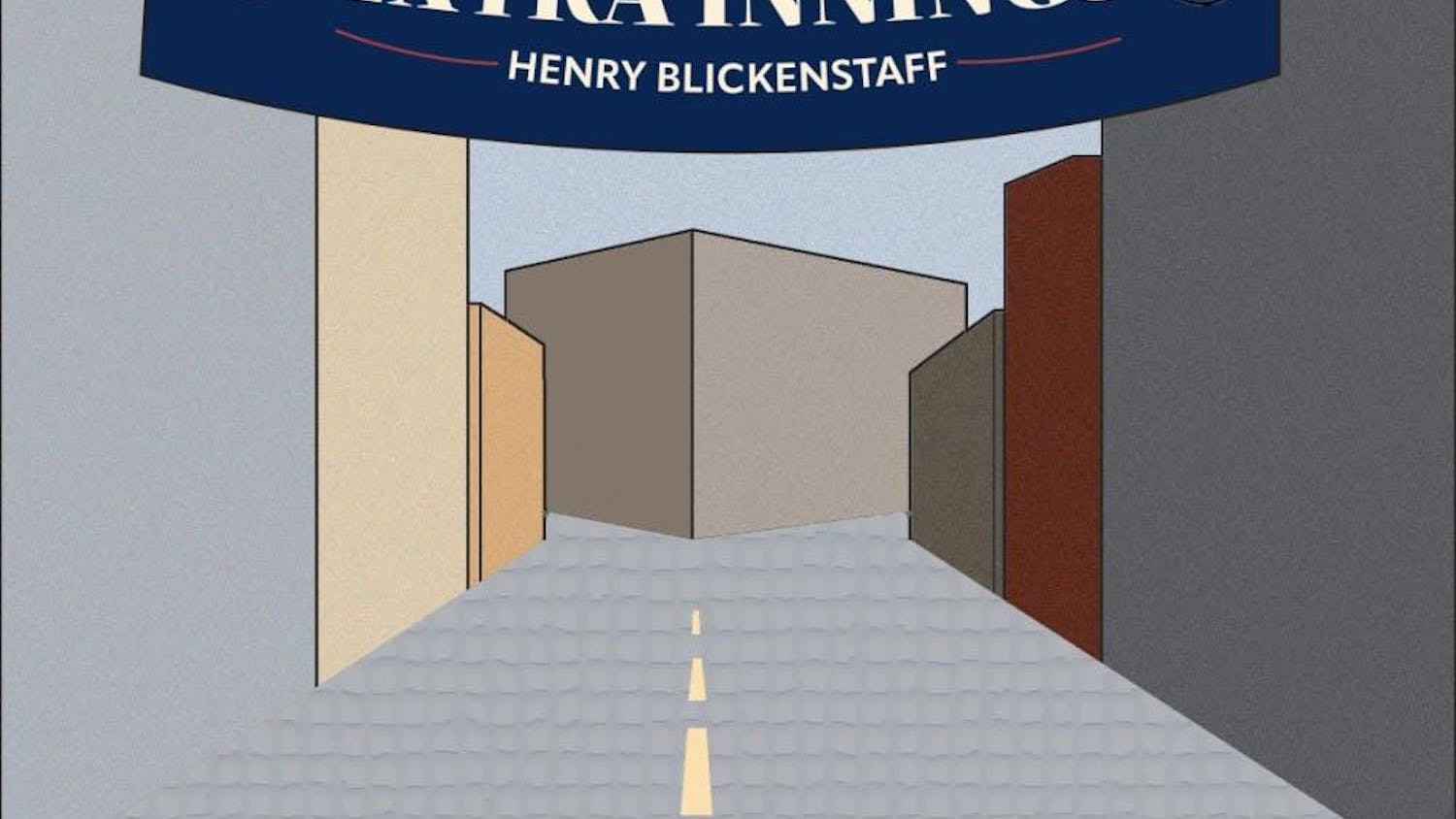Amtrak had a great fiscal year of 2015.
Although our national passenger railroad as a whole lost more than $1 billion, the most visible part of its business — its operation of scheduled intercity passenger trains — required a mere $170 million subsidy on a $2.6 billion revenue. This is a startlingly strongresult; it means that Amtrak’s recovery ratio — the percentage of its operating costs paid by operating revenues — was above 94 percent, whereas large transit agencies’ recovery ratios are typically in the 40 to 60 percent range. The Massachusetts Bay Transit Authority's recovery ratio is 43 percent.
So why, then, is Amtrak a perennial target of those eager to reduce the national deficit?
Part of the answer is that Amtrak is technically a for-profit company created from a merger of other for-profit companies. In early 1971, when Amtrak began operating, passenger railroads in the United States were facing hard times due to competition from airlines and interstate highways. In the hope of improving the sustainability of passenger rail service, 20 passenger railroads merged to form Amtrak. As expected, this amalgamation of unprofitable railroads proved itself to be unprofitable, and vocal opposition to subsidizing an outcompeted mode of transportation remains.
But a more complete answer would note that, despite Amtrak’s relatively strong overall performance, parts of the Amtrak system are remarkably inefficient. There is no greater demonstration of this than Amtrak’s long distance routes — the routes in the Amtrak network that are more than 700 miles long.
Some of the inefficiency on long distance routes results from the fact that these routes largely utilize tracks owned by private freight railroads. Freight trains have more strict speed limits; this severely limits Amtrak’s speed, often to below the speed of driving. Further, not a single Amtrak long distance route is served more than once per day, a severe limitation of choice that limits the utility of the service.
More strikingly, the $514 million operating subsidy of Amtrak’s long distance service is disproportionate to the 213 destinations served exclusively by long distance trains. In fact, the subsidy of approximately $2.4 million per Amtrak long distance city served is more than 25 percent greater than the average subsidy of another federal transportation program, Essential Air Service, which subsidizes multiple-times daily air service to small cities throughout the United States. Clearly, if multiple-times daily air service could be cheaper than less-than-daily Amtrak service, paring back long distance Amtrak service in favor of cheaper and faster transportation (buses?) ought to be considered.
In short, Amtrak’s long distance service clearly needs retooling. Consequently, it might come as a surprise to learn that its recovery ratio is above 50 percent, better than that of the MBTA and those of almost every other transit agency in the United States.
Does this make the MBTA and nearly every other American transit agency “remarkably inefficient,” as I have dubbed Amtrak’s long distance routes? Certainly, the answer to that question cannot possibly be yes; the MBTA provides an invaluable service to greater Boston under the belief that transit service exists not to make a profit, but rather because the value of having the service is greater than the value of the revenue collected.
In this case, the agency with the worse recovery ratio provides the more worthwhile service.
John Russell is a senior majoring in mathematics.
More from The Tufts Daily





